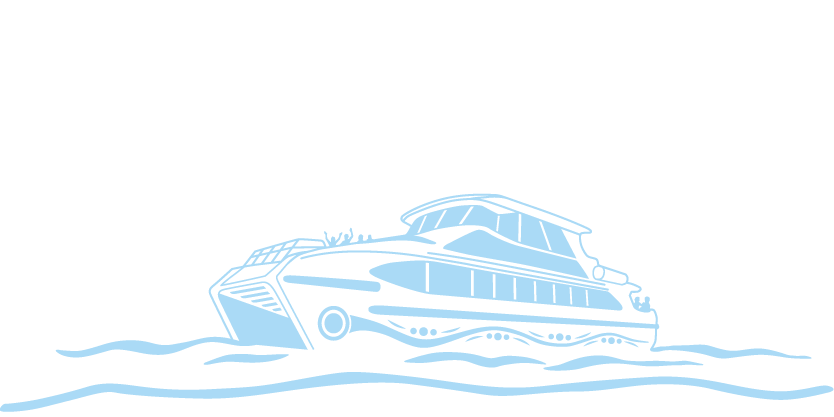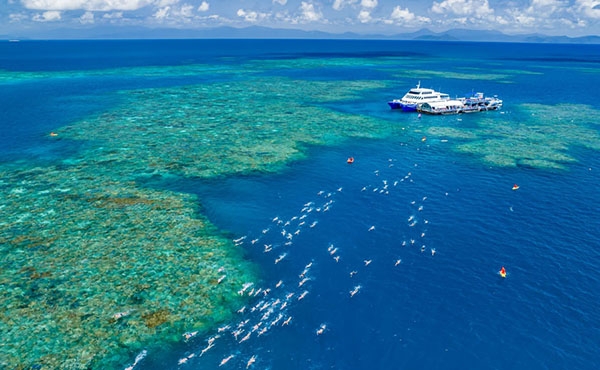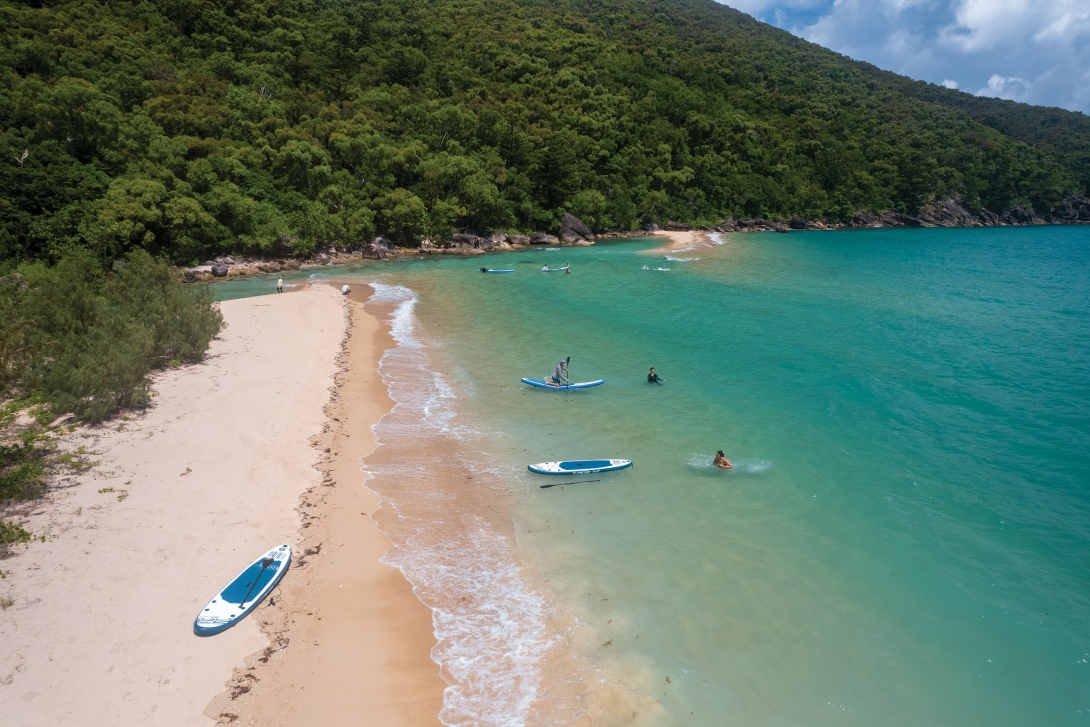The Reef’s outstanding universal value, underpinned by its biophysical and natural heritage values, is one of the primary reasons why people visit the Reef for recreational purposes. In 2021, 90 per cent of the Region’s residents felt proud that the Reef is a World Heritage Area, which was slightly less than in 2017.1075 The Reef provides constantly evolving recreational and lifestyle opportunities for people to engage with it. These opportunities allow people to develop a sense of identity based on living within the Region and to develop an attachment to the Region (78 per cent feel a strong sense of belonging to where they live).1075 However, feelings of attachment due to specific reasons, such as one’s lifestyle or family and friends, and a sense that the Reef is ‘part of their identity’, were not quite as strongly or commonly experienced by people. Some 53 per cent of respondents agreed that the Reef is part of their identity, a level that has been maintained since 2017.1075
The Reef contributes to the wellbeing of people by providing physical and psychological benefits. In 2021, 83 per cent of residents stated that living in the Region contributed to their overall wellbeing.1075 Two-thirds to three-quarters of recreational users agree that they experienced physical and psychological benefits when interacting with the Reef — helping to feel better physically, de-stress, relax, and improve their capacity to concentrate and clear their thoughts.1075 However, declines in Reef condition are interlinked with human wellbeing.
Half of the residents felt that their lifestyle would be negatively affected by a decline in the health of the Reef.1075 Ecological grief is experienced by residents of the Region 1158 with 59 per cent of respondents feeling sad and disappointed when hearing about damage to the Reef.1075



